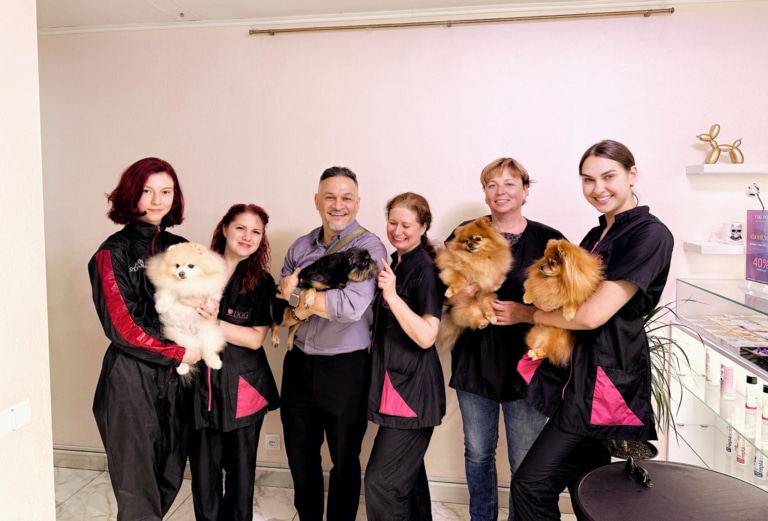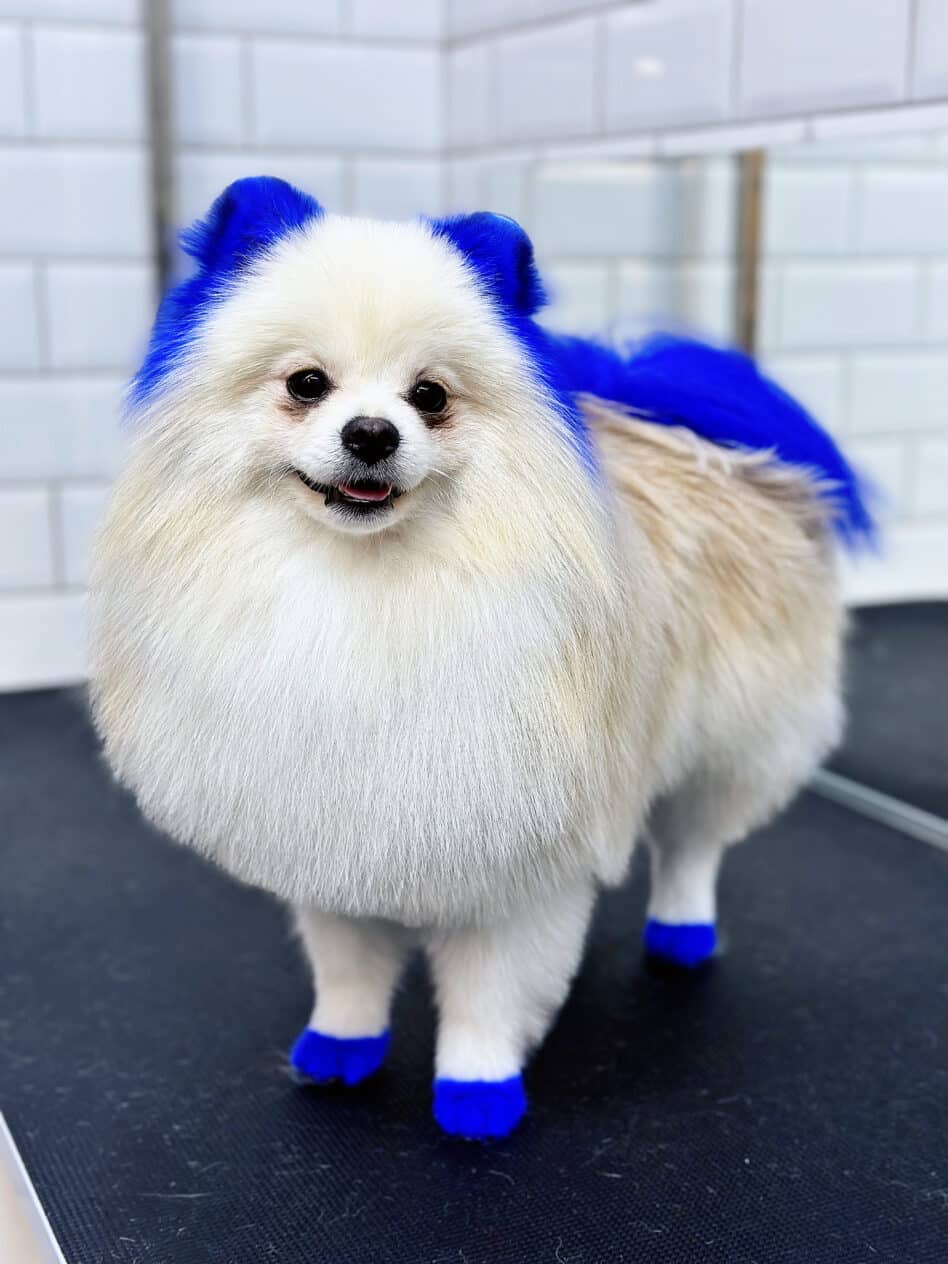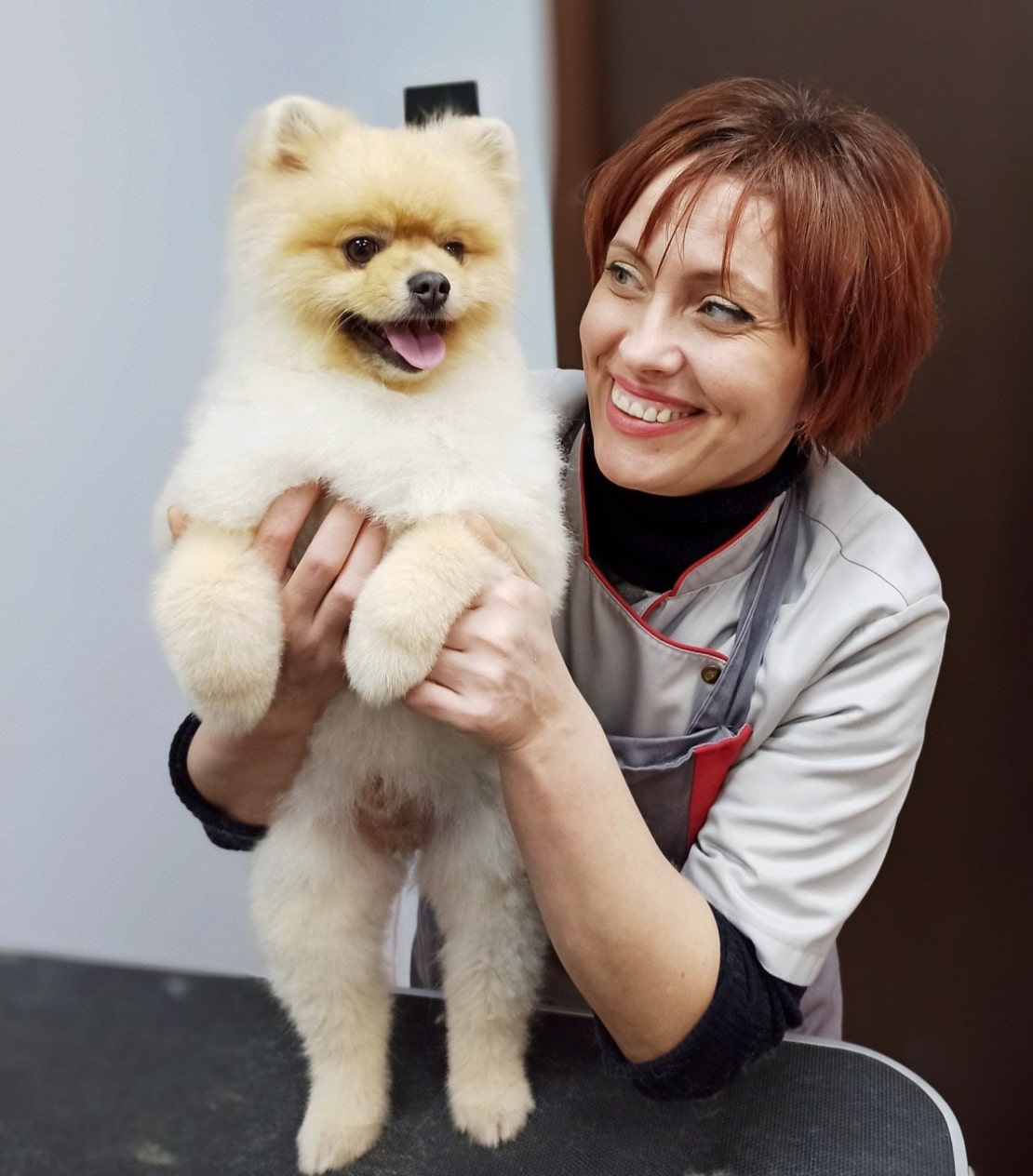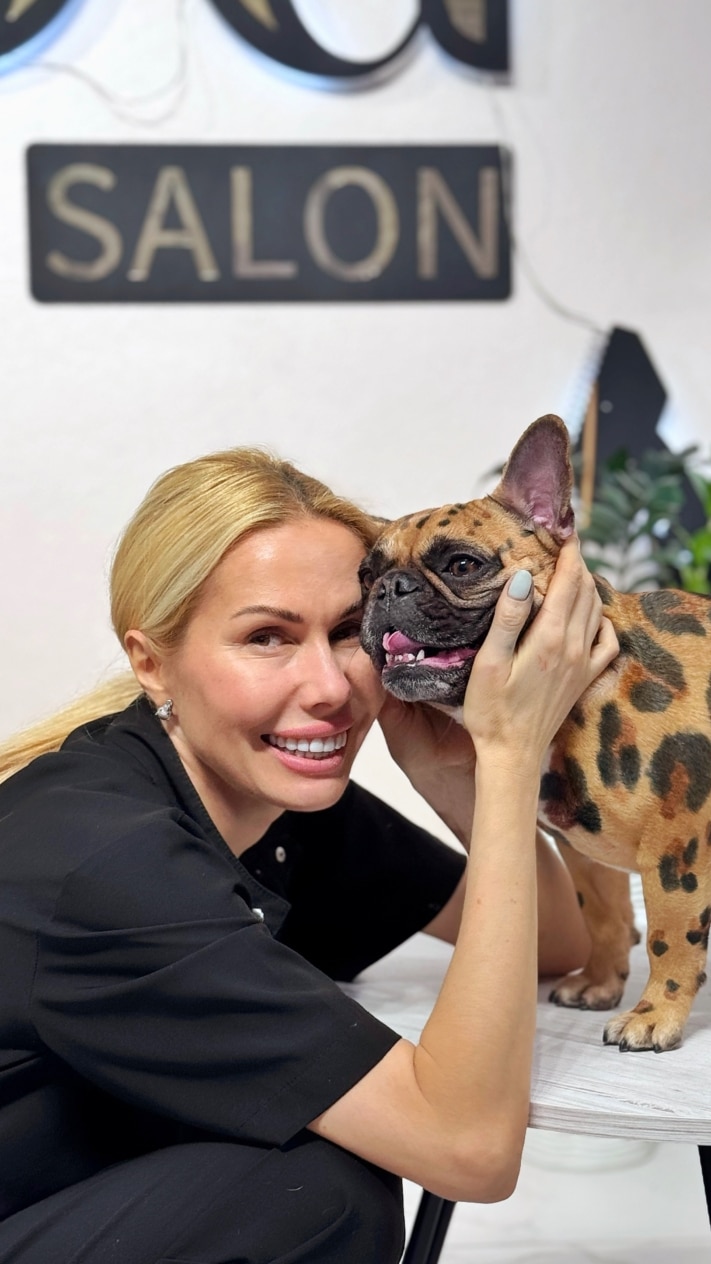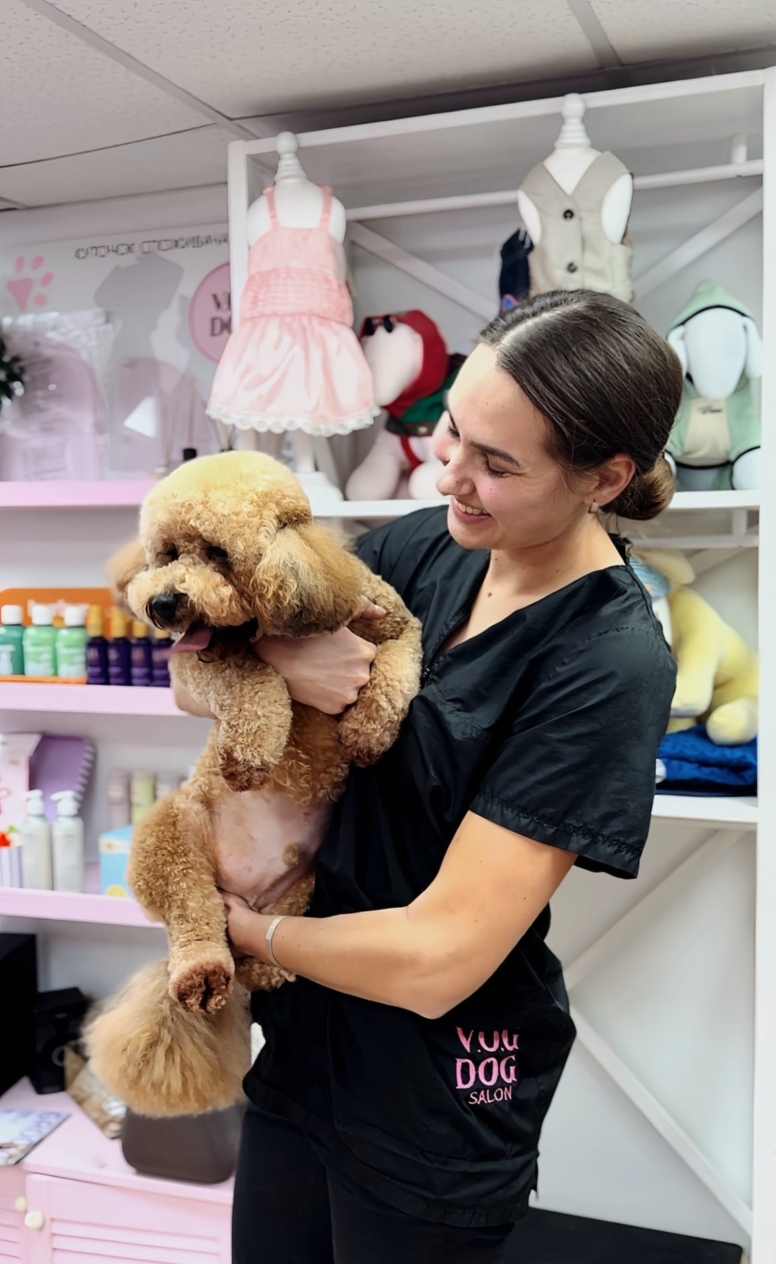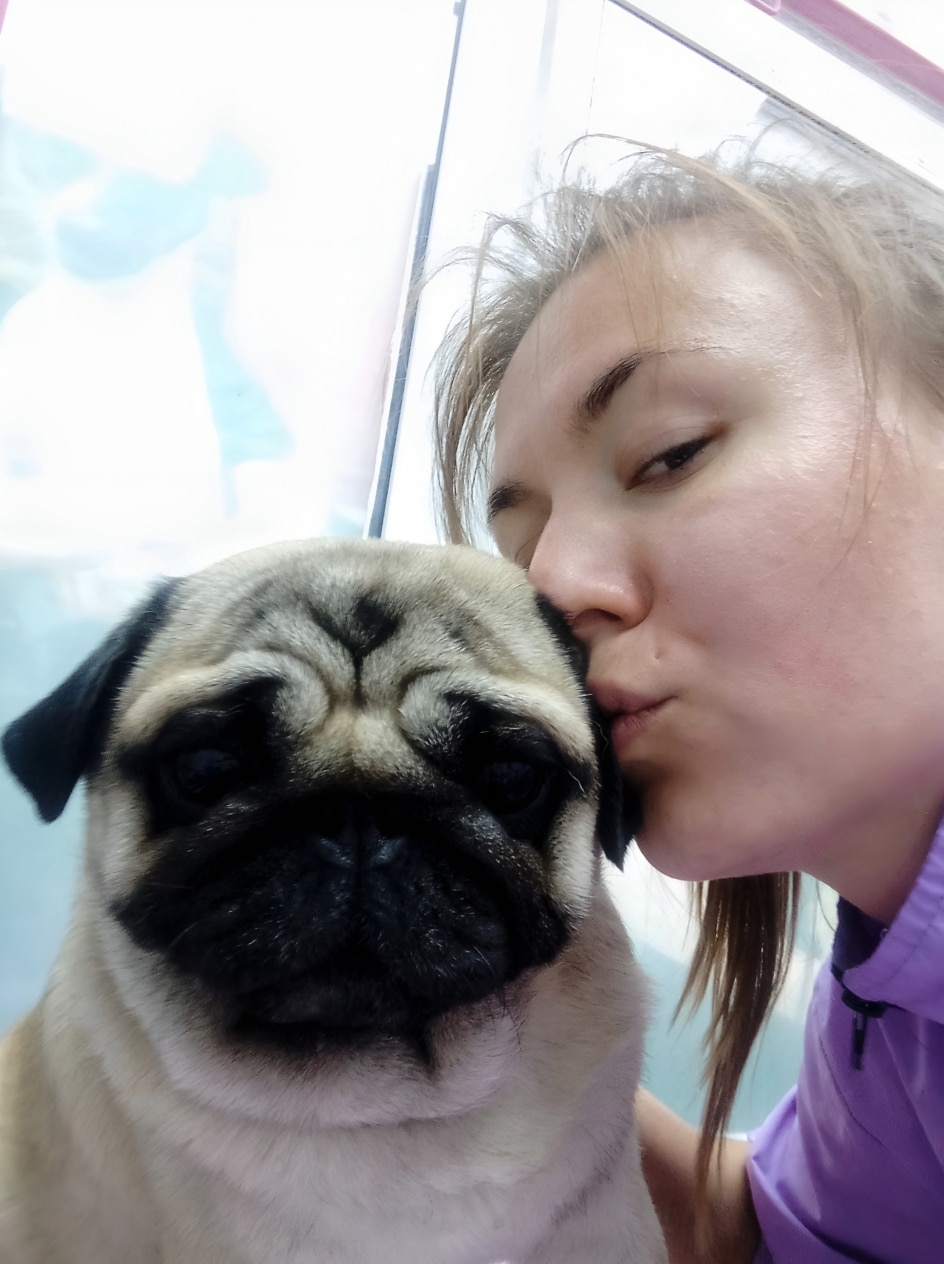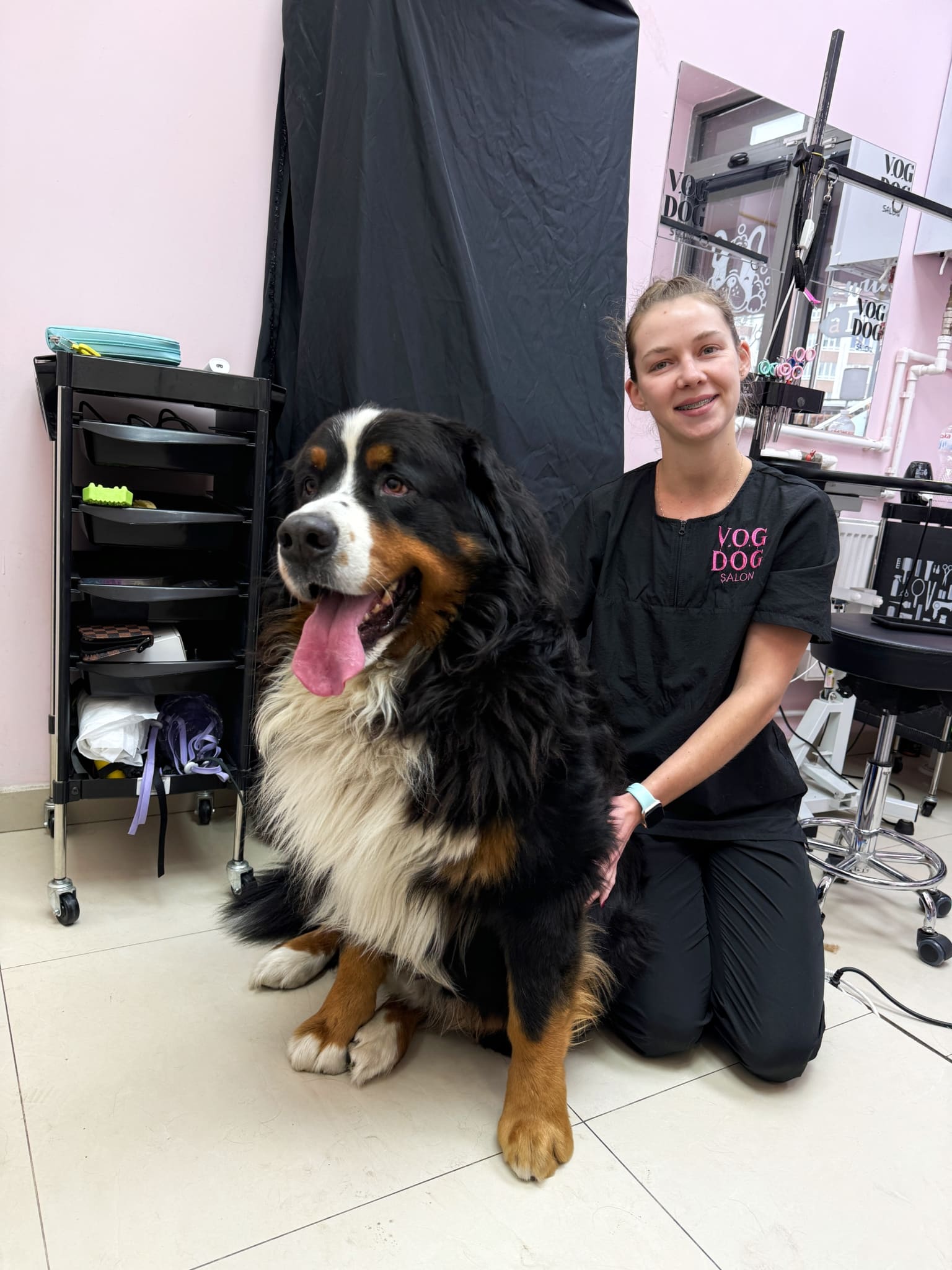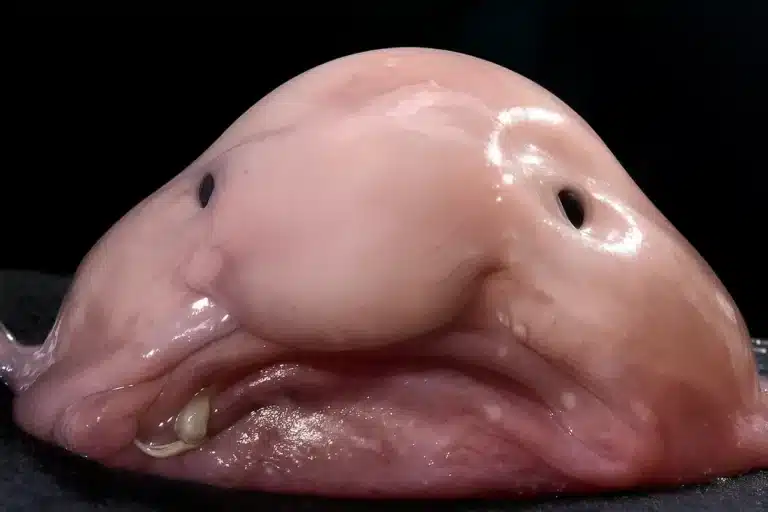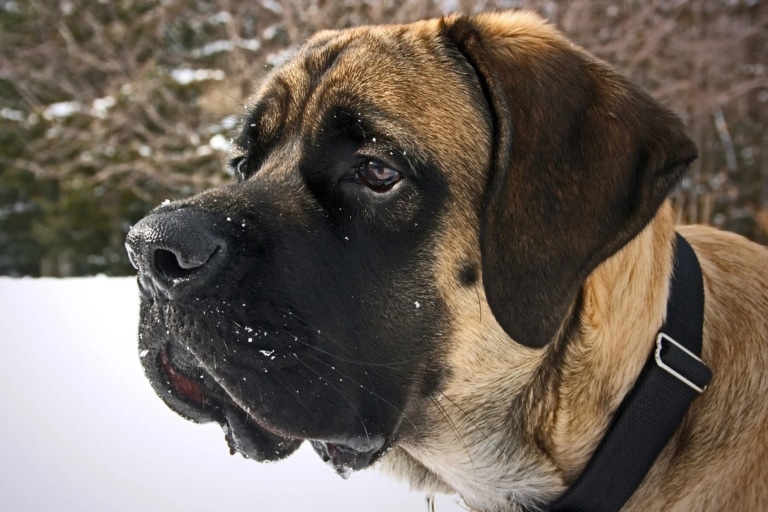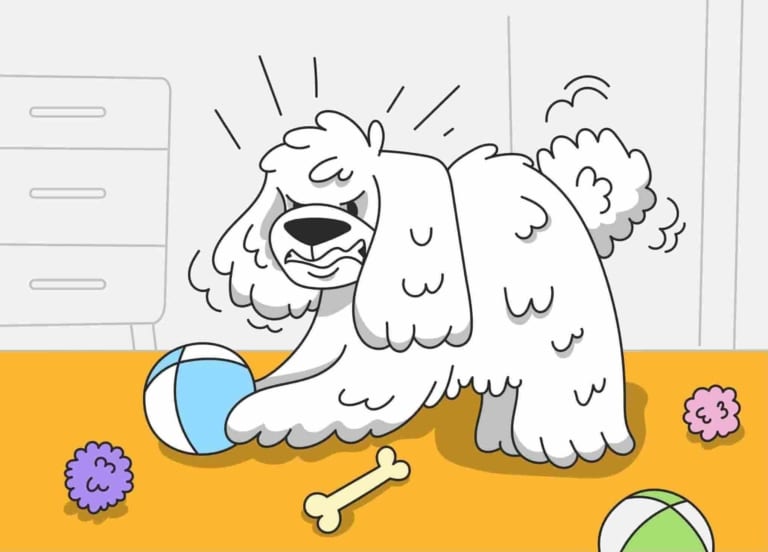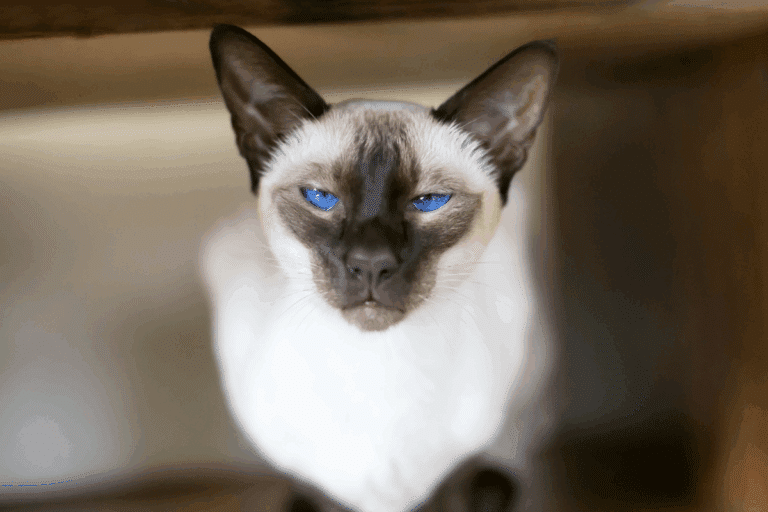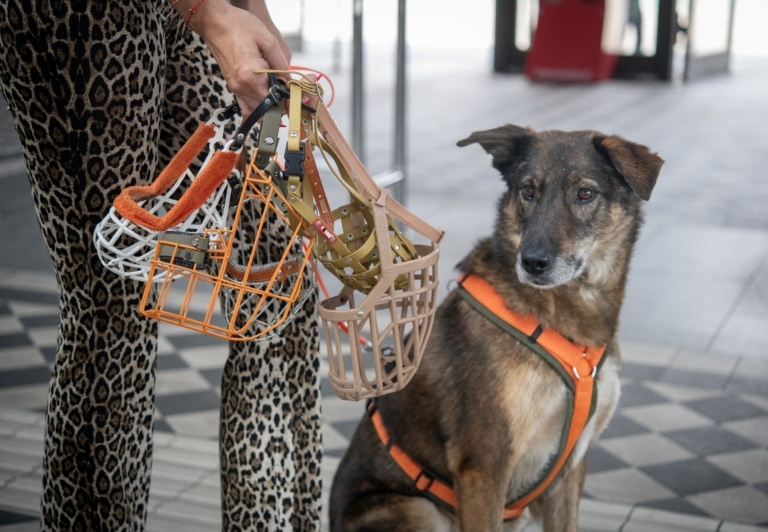How a haircut affects a pet’s confidence and behavior
It seems paradoxical: what difference can it make to a dog whether he is clipped or overgrown? However, research in behavioral veterinary medicine confirms: the external state of the body directly affects the internal emotional background of the animal.
Imagine yourself in clothes that chafe, restrict movement, smell stale. You are constantly itching, you are stuffy, you can not comb your hair, and everyone around you is looking – and at best sympathize. Many animals live this way – until their first grooming. Too long, dirty or piled hair blocks natural movements, causes itching, pressure on the skin and discomfort when touching. This is especially true in the armpits, ears, eyes, and tail – the most sensitive areas.
Psychologically, a dog’s sense of cleanliness and freedom of movement reduces cortisol (stress hormone) levels. A 2018 study (Journal of Veterinary Behavior) shows that dogs after comprehensive grooming showed less unique behavior, were more open to contact, and responded better to new stimuli. For owners, on the other hand – the number of complaints about “behavioral problems” in their animals decreased.
Separately worth mentioning breeds with pronounced hair on the face: poodles, schnauzers, maltese, yorkies. An overgrown face limits the field of vision and creates a “closed” effect. After muzzle cutting, such a dog seems to “come to life”: looks in the eyes, shows emotions, returns to social activity. This is a real “reset” effect – and it is the result of sensory freedom on the nervous system.
Behavioral changes are noticeable even in animals that were previously aggressive or anxious. Their reactions become softer, trust in humans increases, and playfulness appears. In some cases – this is even the first step to socialization of the animal, especially if it has previously experienced stress or cruelty.
How to alleviate stress at the salon during the intake phase
The first few minutes after entering the grooming salon are crucial. It is at this point that your dog develops an emotional response that will be remembered for a long time. For many animals, a new room with foreign odors, sounds and visual stimuli is a sensory overload that easily triggers a “hit or run” response. And even a “calm” dog in the salon suddenly shakes his paws, dilates his pupils, clenches his body – because he does not understand what is happening, but is already preparing to defend himself.
To prevent this from happening, the salon must act not only as a service, but as a psychologically safe environment. And this starts from the threshold. The first contact should be neutral or pleasant: no harsh tone, tilt from above, rush or jerk. Ideally – acquaintance without procedure: the owner brings the animal just to walk in the salon, play, sniff – and leave.
In addition, neuropsychologists are increasingly paying attention to the effect of “proxemics” – a personal zone of space. The dog should not feel that it is “driven”. Therefore, wide entrances, non-conflict lighting, minimum pressure on the body from the workers – all these are the little things that determine the fate of the first experience. Stress doesn’t start on the table – it starts in the hallway.
The groomer as a figure of trust – the impact on the emotional background
When an animal is placed in the hands of a groomer, an interesting phenomenon occurs, which in zoopsychology is called “redirected trust contact”. The owner – the main security figure – leaves the animal, and in its place there must be someone to whom trust can be at least temporarily delegated. If the groomer does not know how to “intercept” this – the animal will remain in an emotional vacuum, and every touch will be perceived as a threat.
A dog reads a person instantly. In 3-5 seconds he determines how confident, calm, predictable he is. If the groomer is nervous, pushing, fussing – this is a signal “it’s dangerous here”. But if the groomer breathes evenly, speaks quietly, moves smoothly – the dog registers it on an intuitive level and starts to relax.
There is even a phenomenon that groomers call “mirror behavior”: the emotional state of the master is copied by the animal. If the groomer is in a bad mood – the dog becomes restless. If the groomer is tense – the animal starts growling or twitching. On the contrary: a smile, affectionate treatment, light humor – this is not “babying”, it is emotional stabilization.
This means that the groomer is not just a man with scissors. He is a social figure in the dog’s eyes, determining whether it’s “abuse” or “grooming”. And that’s why the best groomers are as psychologically stable as possible.
How the animal reads the groomer’s mood during procedures
In dogs, this works because of the hyperactivity of the amygdala, a brain structure that is responsible for fear and aggression. If the groomer, for example, is in a bad mood, but tries to “be nice”, the animal does not believe the words – it reacts to unconscious signals. And then the struggle begins: the dog is afraid, lashes out, whimpers – and as if “for no reason”. And there is a reason – it is in the groomer.
Hence the rule: the master’s body should be calm, his movements predictable, and his mood stable. Sometimes it is worth to be quiet. Because the intonation of the voice works stronger than words themselves. And the best way to calm the dog is to be calm yourself. Not faking it. But to actually reduce your anxiety. And then the animal will “catch”: everything is fine, I am not threatened.
The role of rituals in the formation of positive experiences
One of the most powerful ways to overcome fear is predictability. Animals are creatures of habit. If an action is repeated in the same way, with the same steps, sounds, smells, words – it becomes familiar. And familiar = safe.
That’s why rituals in grooming are not a triviality, but a tool for emotional stabilization. For example: the groomer always greets the animal with a certain intonation, uses the same sequence of actions – touching the paws, then the ears, then the withers. Always turns on the hair dryer at the same moment. Always finishes with a light petting and a treat.
This creates a “script” for the dog – a sequence that he remembers. With each subsequent visit, this script becomes less threatening because the brain doesn’t expect the unexpected. Neuropsychologists call this the “beaten neural pathway” effect: what once caused fear now becomes routine. And routine is stability.
Moreover, rituals build trust in the space and the person. They are similar to the same pre-breakfast rituals in childhood: when you know that something familiar and good is about to happen, the body relaxes and the brain “releases its defenses”. And even if the procedure itself is not pleasant, there is no fear.
Conclusions
Grooming is a deep psychological process in which everything is important: how the dog is greeted, how it is spoken to, how it is touched, how it is looked at. The haircut determines how the animal feels in its own body, how confident it will be in social interaction, how much its anxiety will be reduced.
The groomer in this context is a mediator between the animal’s body and mind, an emotional guide. That is why it is important not only to “know how to cut”, but to be a figure of trust, to read the animal’s mood, to form the intended rituals and to be present in every movement – calmly, steadily, respectfully.
For only then will grooming become not a stressful experience, but a fulcrum in the animal’s life. And it’s a point you want to come back to.

